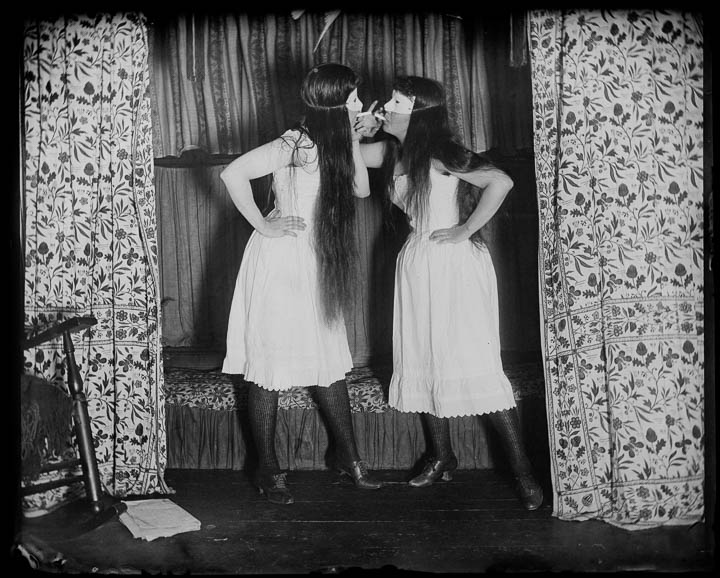– Every year, the museums’ Autumn season, in Paris, is one of the most eagerly anticipated and exciting appointments in the cultural life of the French capital. It is around this time of year when Parisians and international art lovers descend upon the museums and art galleries in search of the event of the year.
Earlier this month, I had a particular coup de coeur for an outstanding exhibition entitled “Who’s afraid of Women Photographers?” (1839-1919) on display at the Musée de l’Orangerie, from 14th October 2015 to 24th January 2016. For the very first time in France, this exhibition covers the first eighty years of women’s photographic experiences and presents the works of more than 70 female photographers, from France and the Anglo-Saxon world, from the mid-19th Century to the turn of the 20th Century.
Over the last forty years, photography specialists and art historians have reassessed women’s important contribution to the development of this fascinating medium of artistic expression. Ever since its invention in 1839, there has been a common shared idea that photography, due to its technical nature, was strictly a business for men. However, women played a more important role in the history of this phenomenon than their fellow women artists have played in the field of the traditional Fine Arts.
Through a female lens
Recently, I was lucky enough to take part in “The Soirée for young people“ organised by the Musée de l’Orangerie in partnership with the École du Louvre. In this particular soirée, young visitors were invited to browse around the “Who’s afraid of Women Photographers?” exhibition walls while well-versed students from History of Art and Museum Studies walked their audiences through the works on display.
This experience allowed me to rediscover some of the enigmatic portraits and allegorical scenes by Julia Margaret Cameron as well as the poetic works of Jenny de Vasson, not to mention some insights of the show that I gathered during an exclusive interview with Thomas Galifot, Curator of Photography at the Musée d’Orsay. He kindly explained the rationale behind the exhibition: “The purpose of the exhibition is not to retrace a history of photography from an exclusively female perspective. The display is more about showing the singular and progressive relation between women and photography.”
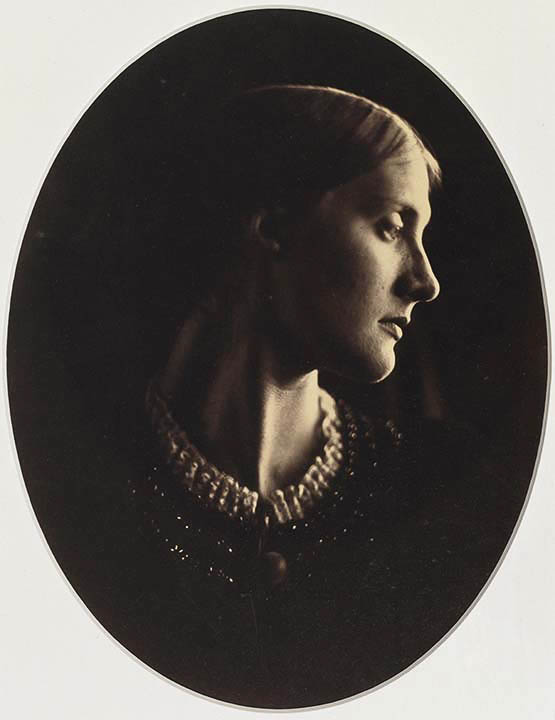
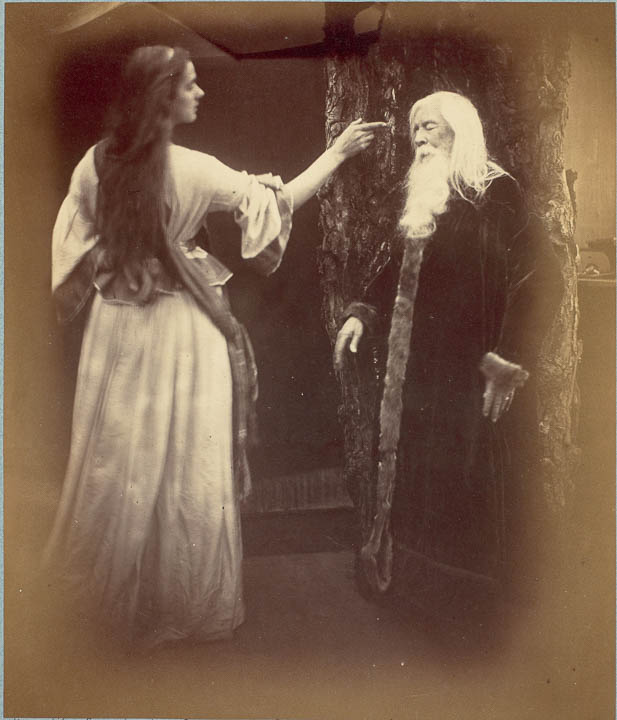
Vivien and Merlin (illustrations to Tennyson’s Idylls of the King), 1874 Paris, Musée d’Orsay.
One of my favourite parts of the exhibition emphasises the notion of feminine intimacy and the exploration in photography of “female domains”. Due to the social and cultural conventions of the time, women’s photographic productions were mainly confined to portraiture, child subjects and domestic scenes.
In this regard Galifot commented: “From a very early stage, women have developed a personal and yet more sincere relationship with the art of photography. Whether they were amateurs from the upper classes or true professionals, women photographers have strategically used their gender to ensure their critical and commercial success.”
As a matter of fact, the photographic experience allowed women to explore subjects such as maternity and the bonds of affection between women – topics inaccessible to men due to their very intimate nature. Dominique de Font-Réaulx, general curator at the Musée du Louvre elaborated: “In a world that was dominated by men, photography gave women the opportunity to exist beyond the realm of domestic life and to satisfy a desire of personal creativity.”
The exhibition also highlights the ability of female photographers to explore within their photographs the notion of gender differences. Photography allowed female practitioners to give their own vision of virility and masculinity. This can be seen in photographs portraying great men and other scenes where fatherhood and close relationships – loving or friendly – between women and men are greatly enhanced.
Pushing the limits
By the end of the 19th Century, the boundaries imposed by gender differences were gradually pushed back. This phenomenon was due in part to the emergence of the Anglo-Saxon ideal of the “New Woman”, a concept that was highly popularised in the novels of Henry James. The Self-portrait in the studio by the American Frances Benjamin Johnston (on display in the show) is the perfect example of these independent women who pushed the limits set by a male-dominated society. Johnston was indeed the first woman photojournalist and became a tireless advocate for women’s photography.
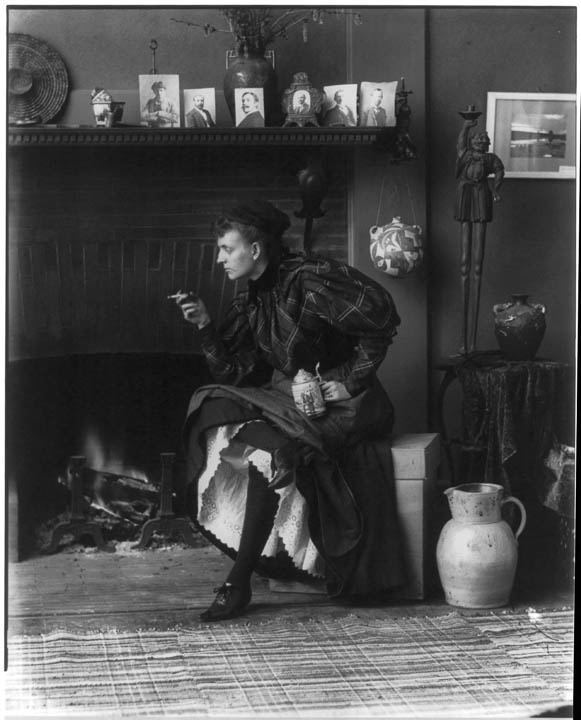
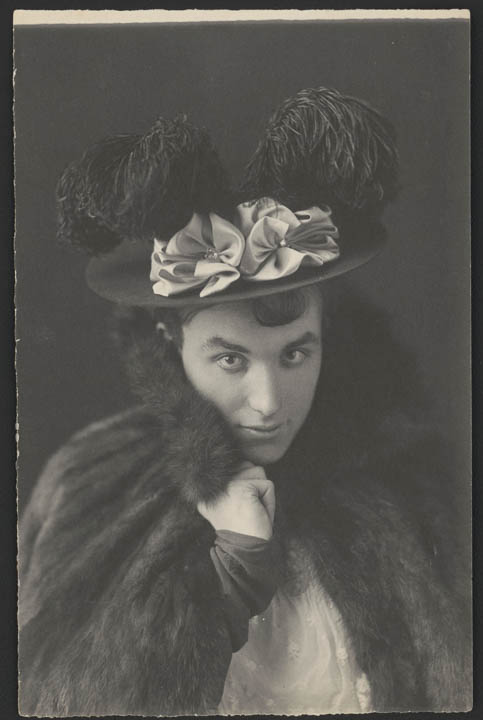
In 1888, the American entrepreneur George Eastman introduced the Kodak camera, “You press the button, we do the rest”, the first hand-held box designed to use roll film. The invention of the snapshot allowed women photographers to conquer “manly territories“ and some of them took an active part in the political sphere.
For example, Scottish photographer Christina Broom was a committed supporter of the British Suffragettes and most of her photographic work could be seen in the Suffragist press. A final room in the exhibition illustrates the engagement of female photographers in the long fight for women’s civil rights and their involvement in the World War I.
Don’t miss the opportunity to experience first hand how forgotten female trailblazers came to shape the world of photography paving the way for future generations. Also, the second part of the exhibition takes place in the Musée d’Orsay (covering 1918-1945). This showcase focuses on the phenomenon of women photographers from the 1920’s and 1930’s and their contribution to the birth of modern photography in the inter-war period.
